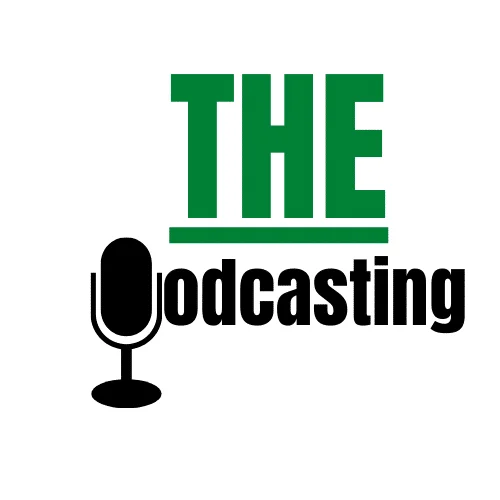If you’re thinking about starting your own podcast, one of the most important things you’ll need is a high-quality USB microphone. A good microphone will ensure that your voice comes across clear and crisp, which is essential for engaging your audience and building a following.
The Best USB Microphones for Podcasting in 2023 – Reviews
In this article, we’ll take a look at some of the best USB microphones for podcasting. We’ll cover a range of different models, from budget-friendly options to professional-grade equipment. Whether you’re just getting started or you’re a seasoned podcaster looking to upgrade your gear, we’ve got you covered.


